Rosette? Grass? Ground cover? What does that mean?
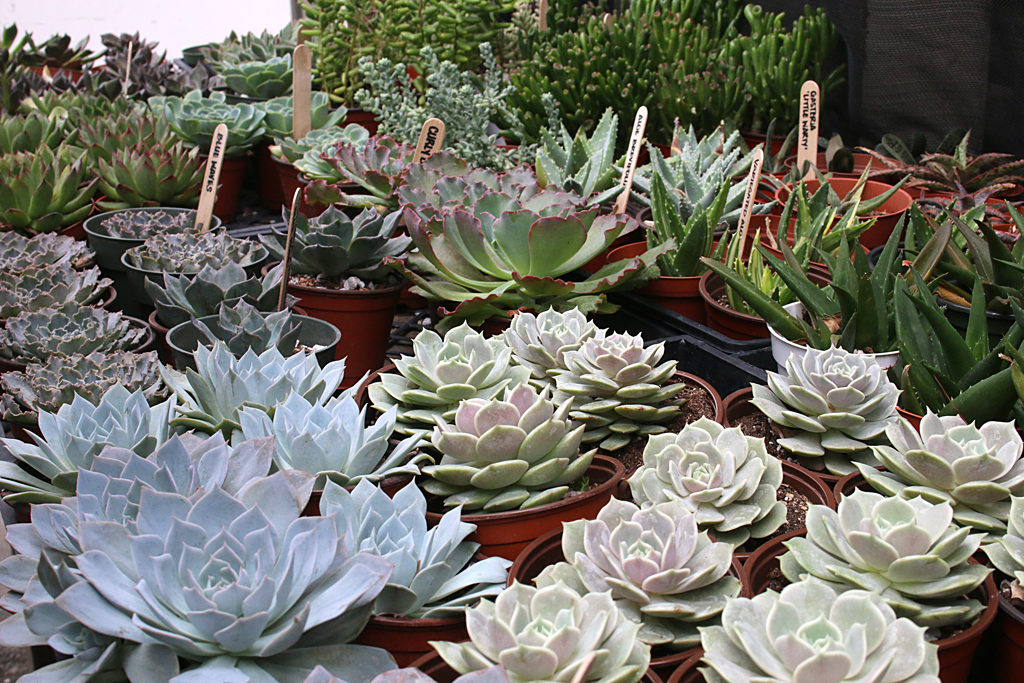
“Succulent” refers to a huge group of plants with fleshy, water-retaining structures. Different plants will retain water in different ways, some in leaves, others in stems, still other in roots, etc., which leads to the huge variances in the many, many types of succulent species that exist. How can you tell them apart? What do we mean when we refer to our succulents as rosettes or grasses in our product descriptions?
Genus, scientific name, common name
At Eastern Leaf, we like to group our succulents by genus, as many plants in the same genus tend to have similar shapes and grow in similar ways. They also usually like the same growing conditions (amount of water, sunlight, etc.). Some of the common genuses that we carry are Echeveria, Sempervivum, Crassula, Kalanchoe, Sedum, Aeonium, and Aloe. In addition to their scientific names, many succulents are also known by a common name, such as “Black Rose” or “Panda Plant”.
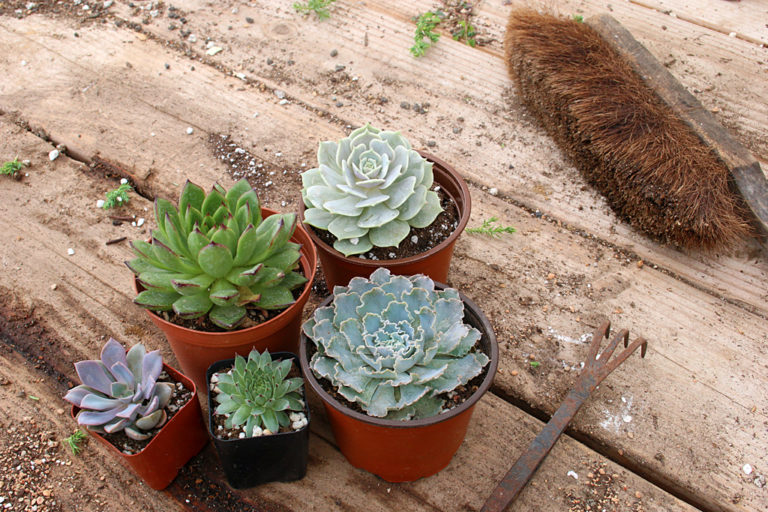
Look at the shape
The easiest way to classify a succulent is to look at its shape. Does it grow as a central “flower” with a rose-like shape? We refer to those succulents as “rosettes”. The rosette succulents that we carry in our store usually belong to the Echeveria or Sempervivum genuses. Aloe also grow from a central plant, but because their leaves are longer and do not grow in a flower “petal” shape, we don’t include them in our rosette category. Aeonium are rose-shaped, but they grow on branching stalks instead of around a central rosette, so we keep them in their own category.
How does it grow?
The second way we like to classify our succulents is by their growing patterns. Echeveria and Sempervivum grow around a center rosette and sprout offshoots around it. Sedums grow low to the ground and spread out. We refer to these as ground cover succulents. Crassula typically grow upwards on separate stalks, so we call them grass succulents.
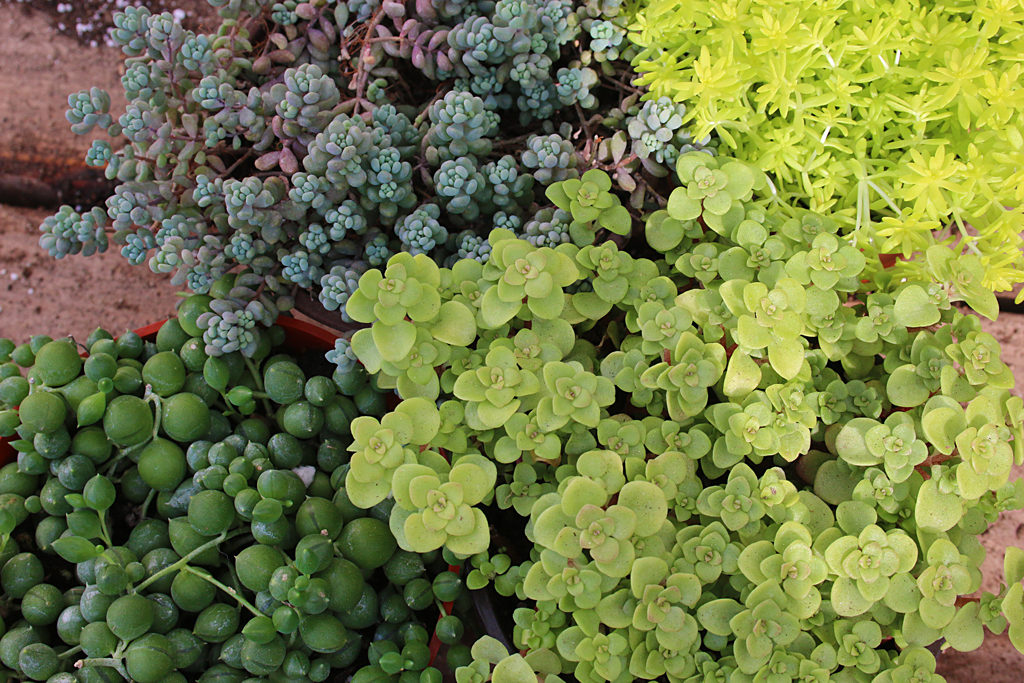
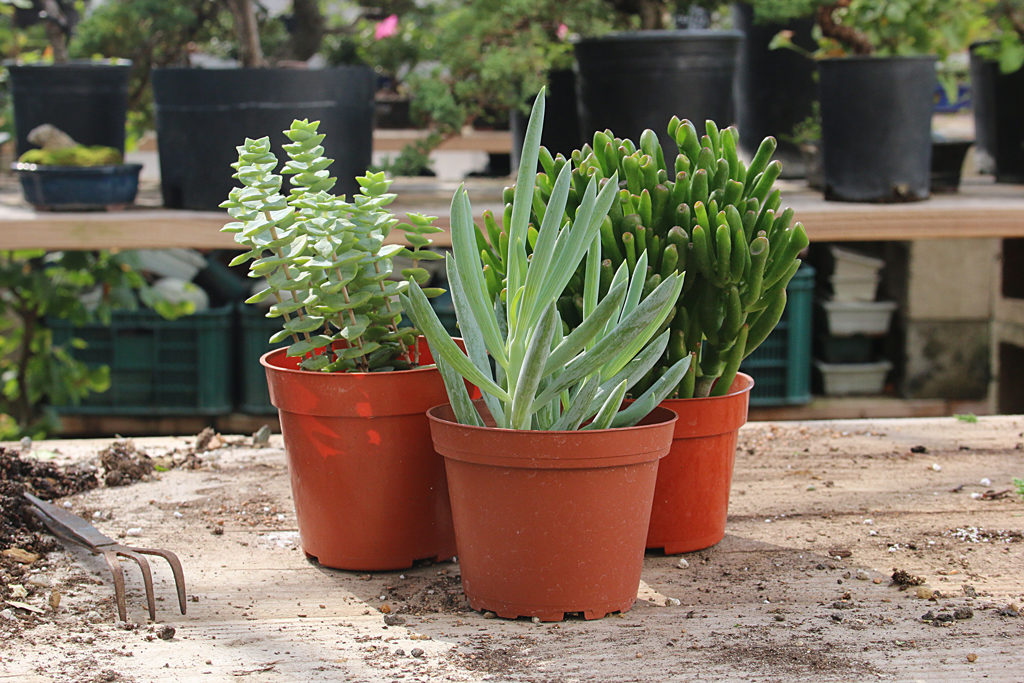
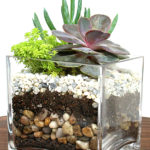
These categories are by no means an official classification for succulents – there is a lot of crossover in shape and growing pattern between different genus of succulents – but we find grouping plants into general types makes them easier to describe, and easier to arrange when looking for succulents for variation in a terrarium or arrangement. You can never go wrong putting a rosette, a grass, and a ground cover type together in a harmonious set!





You must be logged in to post a comment.